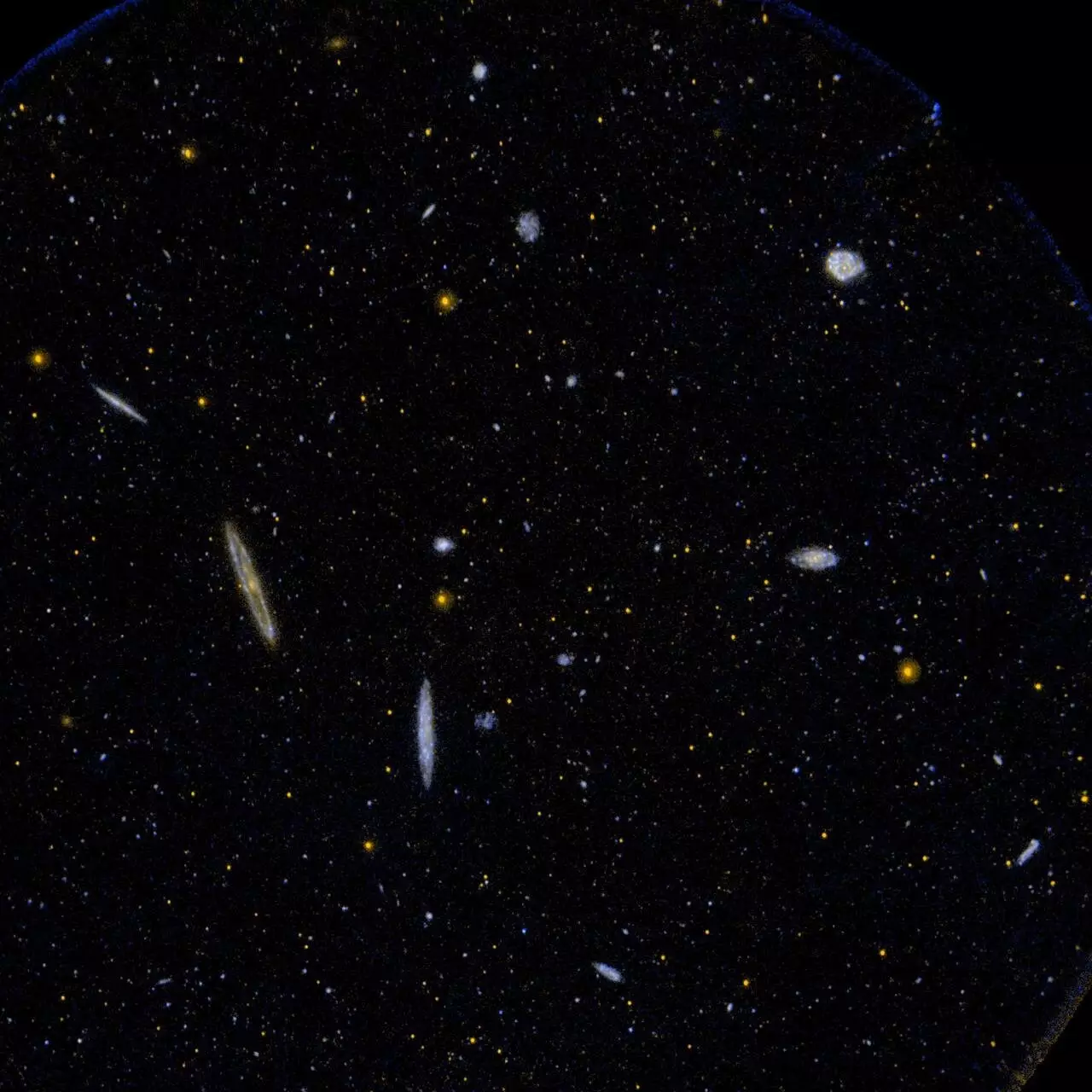Recent findings from a collaborative study involving Southern Methodist University (SMU) and other esteemed institutions have brought to light a perplexing aspect of cosmology—one that challenges the norms of our understanding of the universe’s evolution. As researchers analyzed data from the Dark Energy Spectroscopic Instrument (DESI), it became apparent that the behaviors of neutrinos, which are among the universe’s most elusive particles, might not align with existing theoretical frameworks. This discrepancy leads to an important inquiry within the scientific community: do we need to reconsider the fundamental principles of physics as they are currently taught?
The research emanates from a collaborative effort, led by physicist Joel Meyers, who, alongside fellow theorists, scrutinized the intricate dance between dark energy and matter across the cosmos. The implications are profound; if neutrinos—particles that exert minimal interaction with matter—are indeed impacting the distribution of galaxies in ways contrary to the predictions laid out by the Standard Model of particle physics, then a significant paradigm shift may be necessary.
Neutrinos: Abundance Versus Impact
Neutrinos are captivating due to their paradoxical nature. While they are notoriously abundant—trillions pass through our bodies every second—they have remained inexplicably difficult to study. This current investigation sheds light on the mass scale of neutrinos, which has critical consequences for cosmologists attempting to delineate how matter gathered in the aftermath of the Big Bang. The research posits that instead of suppressing matter clustering as previously assumed, neutrinos may actually play a role in enhancing it.
This newfound evidence extends beyond mere academic curiosity; it stands to alter the instructional landscape for aspiring physicists. As class curricula are anchored in the principles of the Standard Model, they may soon require adaptation in light of forthcoming insights that could reveal inadequacies in established theories.
The Role of Dark Energy in Cosmic Evolution
The DESI project is monumental in its attempt to construct a comprehensive 3D map of the universe. By measuring baryonic acoustic oscillations—sound waves that spread through the hot plasma of the early universe—the project provides a clearer view of the absolute mass scale of neutrinos. Yet, the intriguing twist is the notion that these oscillations might not reflect the expected outcomes illustrated in current models.
Meyers highlights a critical divergence: “Rather than the expected suppression of matter clustering, the data instead favors enhanced matter clustering.” This assertion leads to two pivotal questions: Are existing measurements flawed, or does the data signify that there’s a new physics narrative to be unraveled beyond the Standard Model?
To address these discrepancies, the team explored several avenues. They speculated on potential modifications to the Standard Model, rather than outright dismissal, suggesting that adjustments may be necessary to accommodate this new data. They also examined the implications of introducing new physical constructs that might better explain certain enigmatic observations.
The research introduces a framework for navigating these complex questions. Examination of systematic errors in key measurements provides one method of reconciling this unexpected clustering behavior—a task that entails rigorous vetting of prior observational data.
As the findings circulate through scientific discourse, they stand poised to challenge entrenched beliefs about the universe’s structure and evolution. If corroborated through further studies, these insights might evolve into a foundational aspect of cosmology, necessitating fundamental revisions in the educational narratives imparted to physics students—a revolution in the way we perceive the universe itself.
The road ahead will likely be lengthy and filled with rigorous debates, yet it opens a future ripe with possibility. The study provides a roadmap not just for theoretical exploration, but for enriching the understanding of a universe that remains, to some extent, a grand enigma. In this light, the pursuit of knowledge continues to thrive at the intersection of observation and theory, driving humanity’s quest to grasp the very fabric of existence.


Leave a Reply